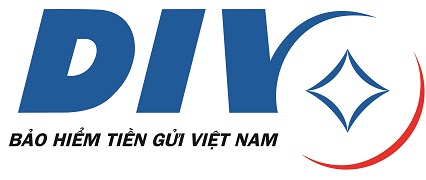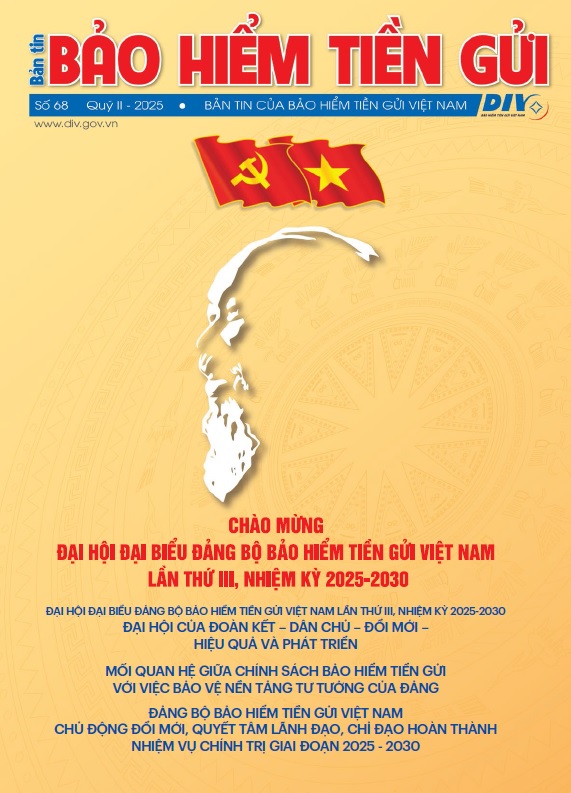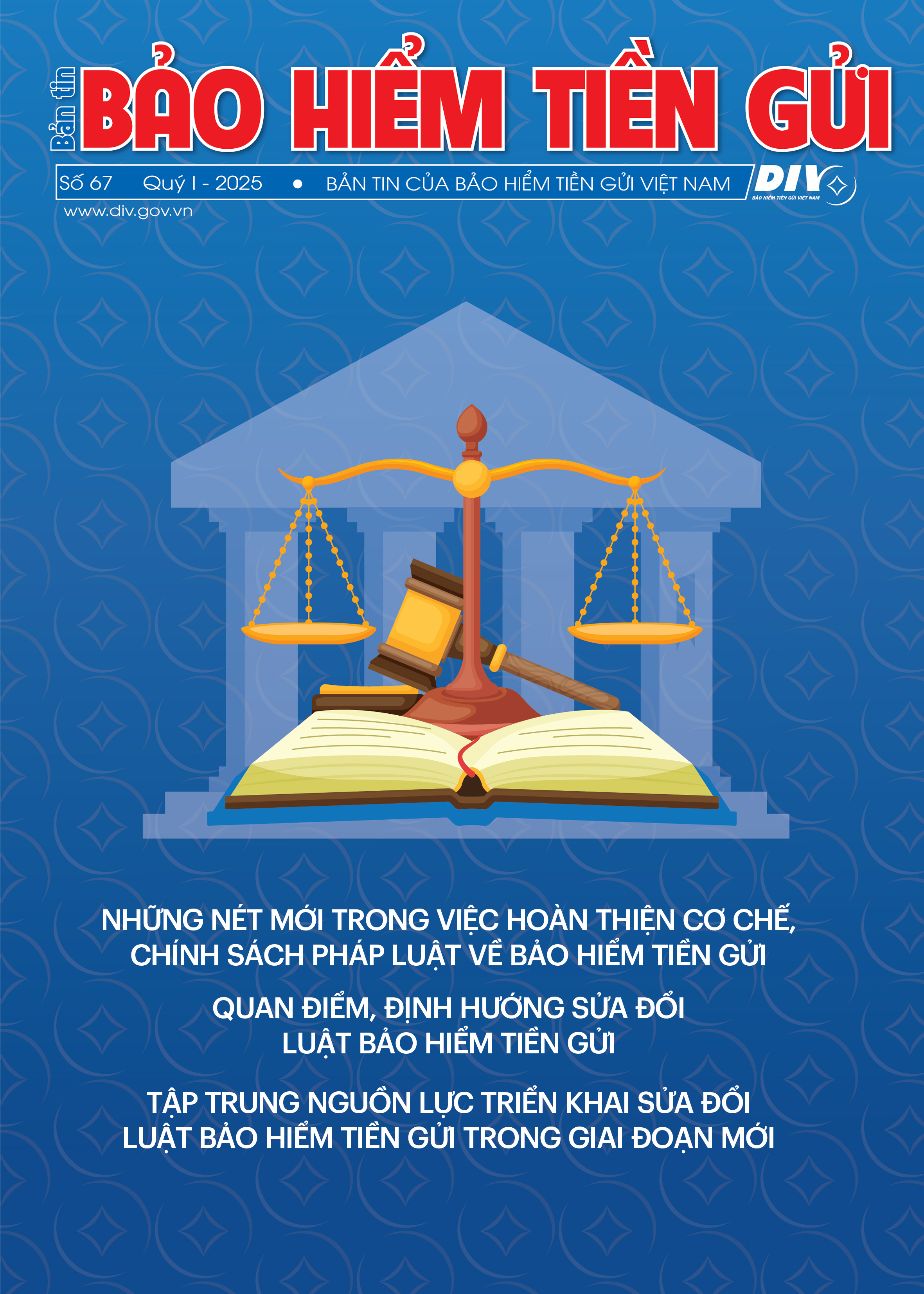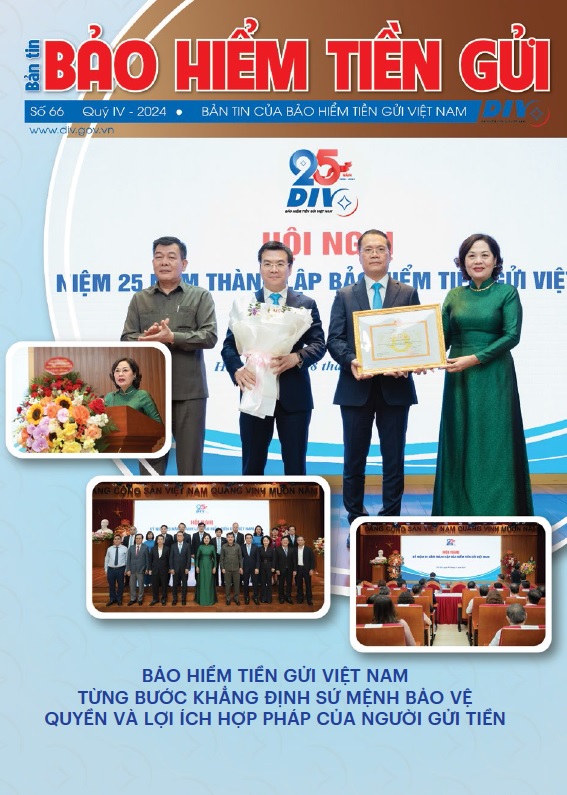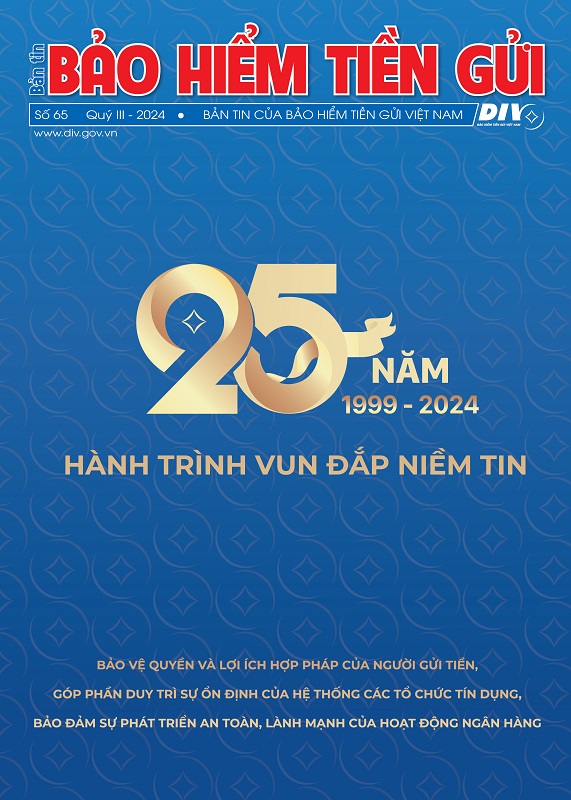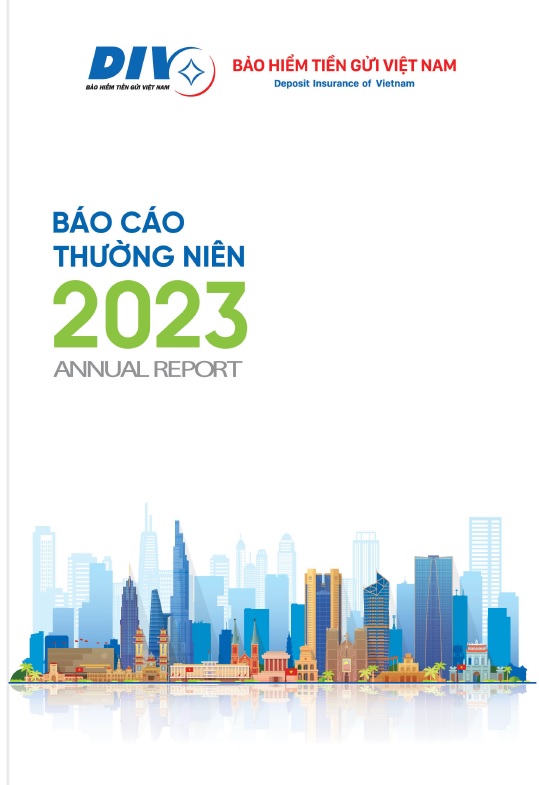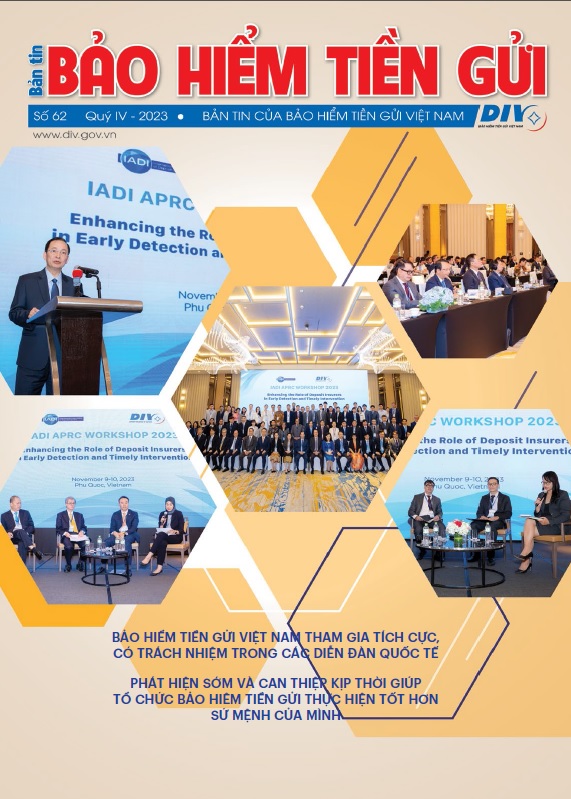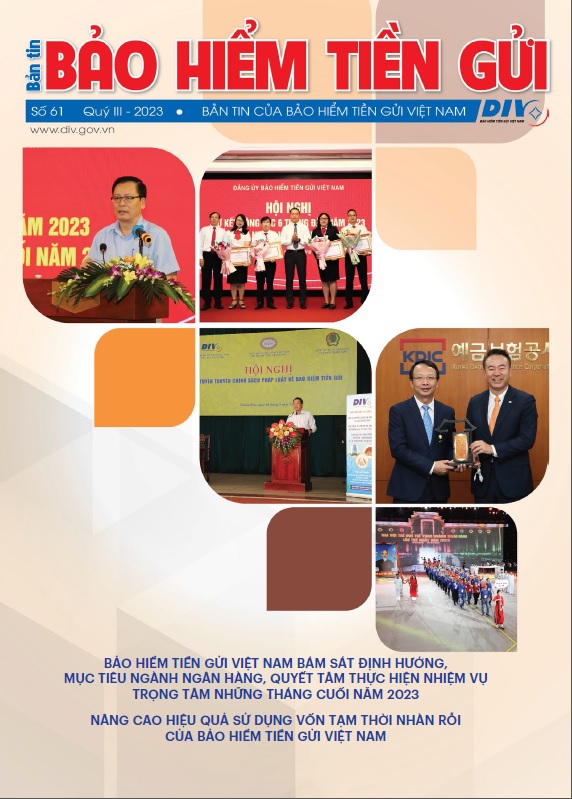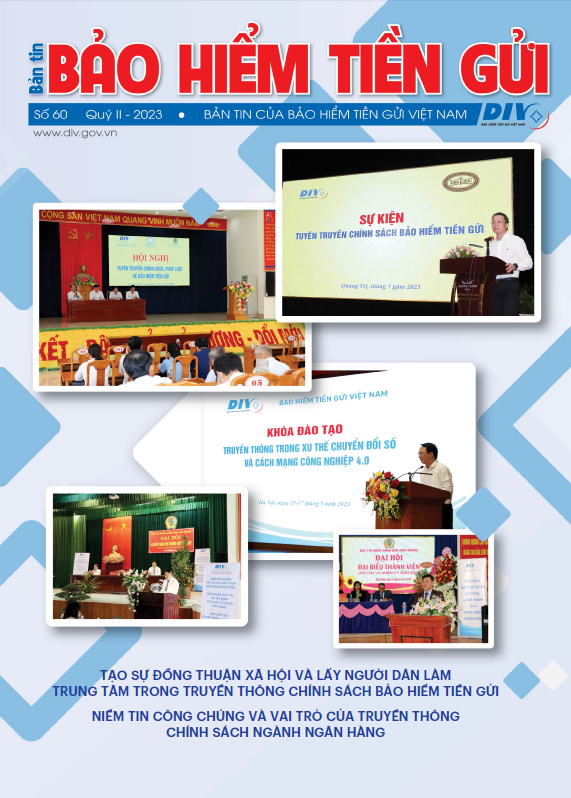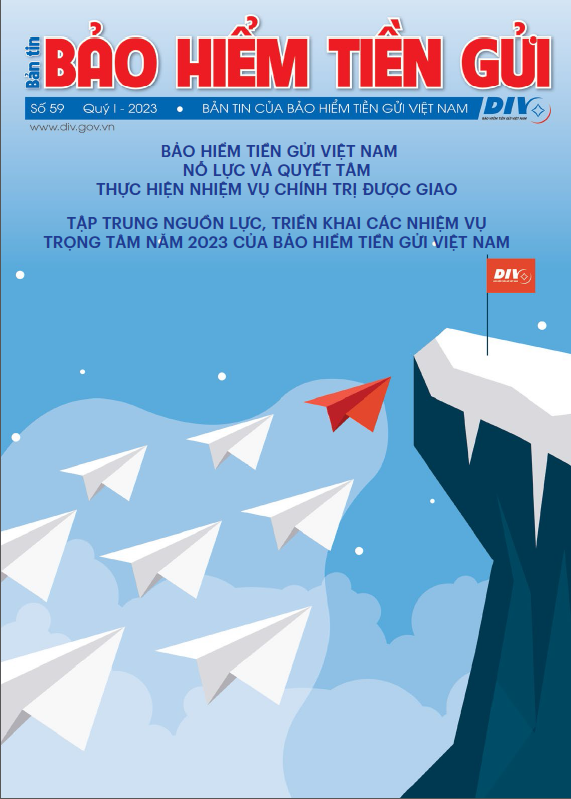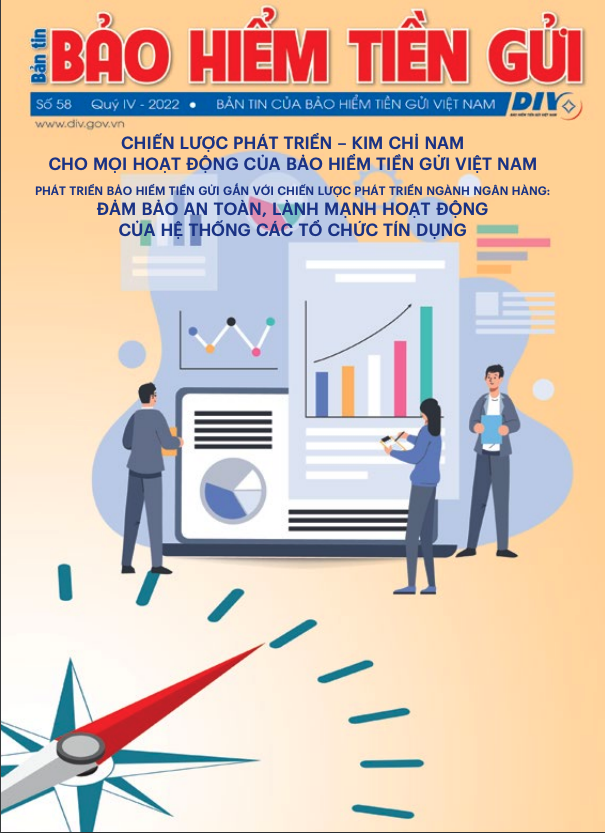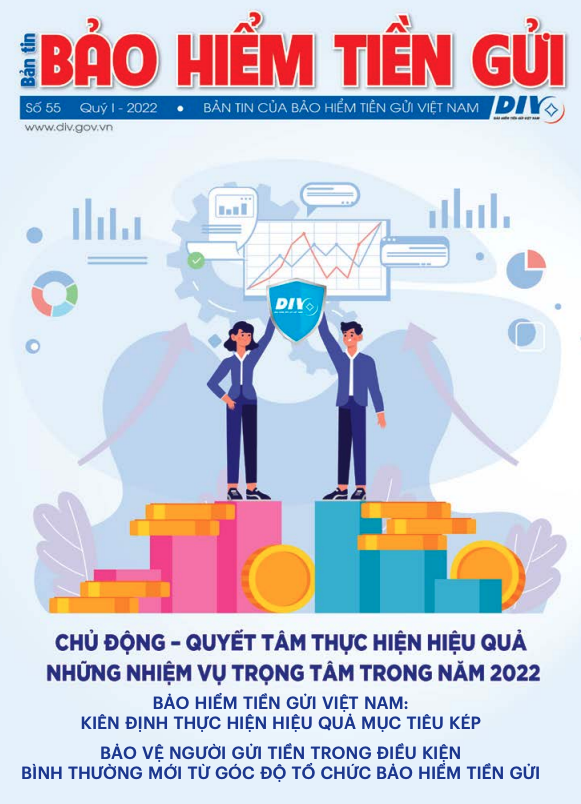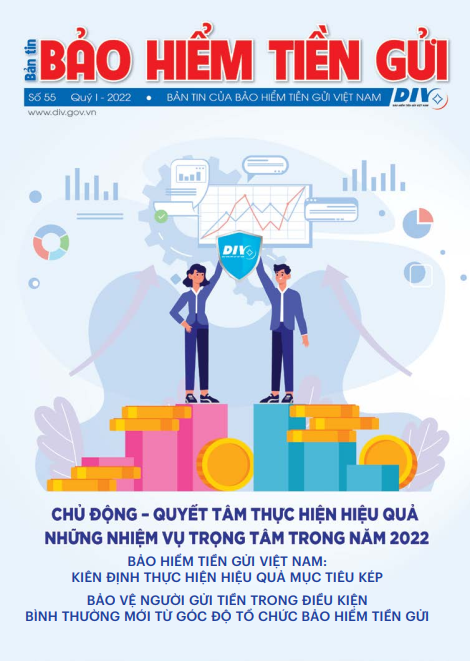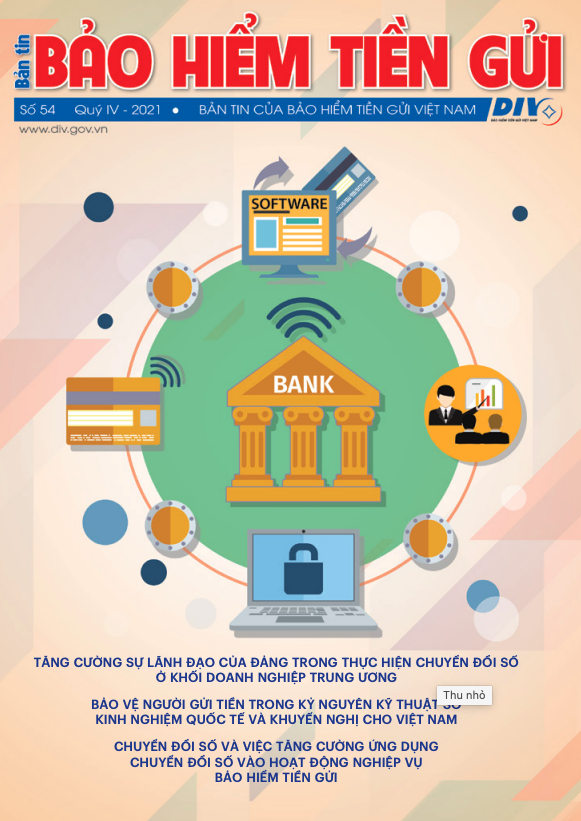Experience in resolving weak credit institutions of Korea Deposit Insurance Corporation
In Korea, they apply the following measures for the resolution of weak credit institutions: purchase and assumption (P&A); bridge bank; merger and acquisition; financial support and reimbursement to handle and restructure weak insured institutions. The resolution of weak insured institutions in Korea is divided into two cases depending on the influence of that credit institution on the national financial system.
For insured institutions that are not of systemic importance, the Korea Deposit Insurance Corporation (KDIC) supports troubled credit institutions through measures such as P&A, bridge banks and reimbursement. After comparing the costs of possible solutions, KDIC will select the one with the least cost.
For the insured institutions with systemic influence, KDIC provides support through mergers and acquisitions and financial support for the them to recover on their own. In case that a bank failure can seriously affect the stability of the financial system, the KDIC may use measures that do not follow the "minimum cost" principle, provided that 2/3 of the members of the deposit insurance committee approved. When the rehabilitation of the failed organization is determined to be necessary and effective, the KDIC will receive the appointment of a court that entrusts the administration and resolution of bankruptcy with special powers, regardless of the fact that relevant laws may otherwise provide.
Tasks and powers in supervision of the financial sector in Korea are clearly allocated to 5 agencies, including: Financial Services Commission of Korea, Financial Supervisory Service of Korea, Central Bank of Korea, KDIC and Ministry of Economy and Finance. Simultaneously with a complete and stable legal system, corresponding to the laws governing other areas of financial activities, KDIC has a relatively independent position and is proactive in coordinating with other agencies in the financial safety net to effectively resolve the bank failure and financial crisis in Korea, contributing to the recovery of the banking and financial system stability and macroeconomic stability in Korea.
Indonesia Deposit Insurance Corporation
Currently, Indonesia is applying measures to resolve credit institutions such as: P&A; bridge bank; provisional funding; liquidation, restructuring weak credit institutions. The process of restructuring weak credit institutions of the Indonesia Deposit Insurance Corporation (IDIC) includes the following steps: early access; resolution and liquidation.
In the early access stage, the bank goes through 3 stages: normal supervision, enhanced supervision and special supervision. When banks are in normal condition, IDIC only conducts supervision for the purpose of preparing itself in case the bank's condition may deteriorate in the short term. When a bank is placed under enhanced supervision and the Financial Services Authority (FSA) believes that it will soon move to special supervision, IDIC will perform on-site examination to prepare for the processing of the bank. During the special monitoring period, IDIC requires the bank to maintain operations, at the same time, IDIC conducts due diligence, prepares for data preservation and checks with minimal costs. At the end of the special supervision period, the bank will be declared bankrupt, IDIC will receive the failed bank to move to the resolution stage.
The resolution of failed banks is divided into two cases, depending on the influence of that bank on the financial system. For an influential bank, there are 3 resolution options, including P&A, bridge bank and temporary funding. When a system-affected bank is placed under special supervision and the FSA considers that the bank's condition cannot be restored, the FSA will recommend a meeting of the Financial Stability Committee, consisting of representatives from the member of the financial safety net. This meeting will decide on the action to be taken, and IDIC will play an enforcement role. For banks with no systemic influence, IDIC will calculate the minimum costs and business prospects of the bank to decide whether to rescue the bank or not. In case the IDIC decides not to bail out the bank, the FSA will revoke the bank's license and IDIC will liquidate the bank and make payments to the depositors.
In order to be able to prevent and deal with crises of the financial system, the authority to monitor and handle crises is clearly defined for members of the Financial Stability Committee, including the Ministry of Finance - the agency crisis coordination agency that makes fiscal policy; Financial Services Authority - responsible for financial regulation, supervision and macroprudential management; Central Bank of Indonesia - responsible for macroprudential management and is the lender of last resort; IDIC - responsible for deposit insurance and bank resolution. With a synchronous and relatively clear legal basis system, along with a mechanism for coordination and information exchange among members of the Financial Stability Committee, IDIC can proactively collect information, build resolution plan and implementing the most appropriate and cost-effective handling measures, thereby contributing to maintaining the stability of the banking and financial system.
Recommendations for Vietnam
From the experience of resolving weak and broken credit institutions of deposit insurers in the world, some lessons can be drawn for deposit insurance activities in Vietnam, specifically:
It is necessary to build a complete and stable legal system, corresponding to the law governing other areas of financial activities, so that the Deposit Insurance of Vietnam (DIV) can be proactive in coordinating with other agencies in the financial safety nets to resolve when a failure occurs.
Develop regulations on the criteria system to divide weak deposit insurers into two groups: (i) having systemic influence and (ii) not having systemic influence in the restructuring process. Therefore, it will serve as a basis for selecting appropriate resolving measures for each group, ensure the goal of completely dealing with weak deposit insurers but limiting adverse impacts on the safety and stability of the financial and banking system.
Apply the minimum cost calculation as a basis for selecting, reviewing and approving the policy of restructuring plans for weak insured institutions as well as a basis for assessing the feasibility of restructuring plans. This is an important content so that the resolving agency and participating units have a basis to consider and decide on the resolution of the weak insured institutions.
There should be a close information sharing mechanism between the deposit insurer and the agencies in the financial safety net so that the deposit insurer can collect and access information about the deposit insurance participating organization from normal operation to period showing signs of early intervention or special control in an integrated and thorough manner.
Build the financial resources that are strong enough for DIV to participate more deeply in the restructuring of the credit institutions, participate in the special control process, and participate in the governance and administration of the specially controlled people's credit funds.
Continue to improve staff qualifications in the whole system, coordinate with agencies and units to organize training courses on resolving weak credit institutions to ensure that DIV staff have knowledge in economic, understand the law, have practical experience in banking and finance field. This training should not be limited to professional staff, but for all staff in all departments of the DIV. Hence, when necessary, it is possible to mobilize personnel from relevant departments to coordinate with each other to participate in resolving weak credit institutions in order to have more human resources to serve the resolution process, reduce workload and thereby increasing work efficiency.
